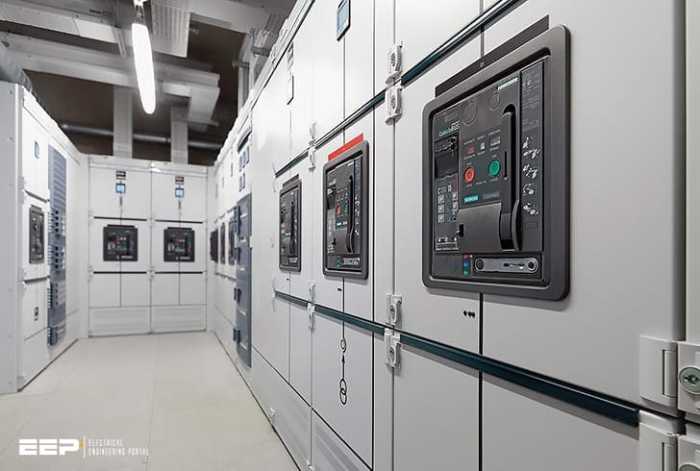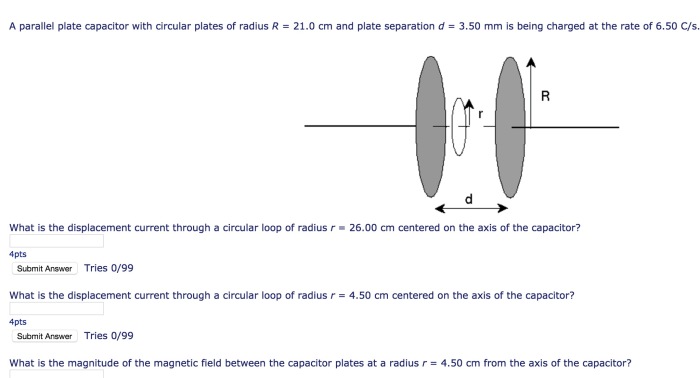Parallel feeders in same conduit – Parallel feeders in the same conduit offer a unique and efficient solution for electrical distribution. This comprehensive guide delves into the concept, advantages, design considerations, installation techniques, code requirements, and real-world applications of this innovative approach.
By harnessing the power of parallel feeders within a single conduit, engineers and electricians can optimize space utilization, enhance system reliability, and improve overall electrical efficiency. This guide serves as an invaluable resource for professionals seeking to understand and implement this innovative electrical configuration.
Definition and Overview: Parallel Feeders In Same Conduit

Parallel feeders in the same conduit refer to the practice of installing multiple electrical feeders in a single conduit or raceway. This configuration is commonly used in electrical distribution systems to supply power to multiple loads or circuits.
Advantages and Disadvantages
Advantages:
- Cost savings: Running multiple feeders in the same conduit reduces the need for additional conduits and fittings, resulting in lower material and labor costs.
- Space efficiency: Consolidating feeders into a single conduit optimizes space utilization, especially in congested areas.
- Simplified maintenance: Accessing and servicing multiple feeders in the same conduit is more convenient and efficient.
Disadvantages:
- Increased heat generation: Running multiple feeders in close proximity can lead to higher temperatures within the conduit, which must be considered in conduit sizing and selection.
- Current carrying capacity limitations: The current carrying capacity of each feeder is affected by the number of feeders in the conduit, which may require derating of the feeders.
- Fault propagation: A fault in one feeder can potentially damage adjacent feeders in the same conduit.
Design Considerations
When designing a system with parallel feeders in the same conduit, the following factors should be taken into account:
- Conductor selection:Conductors should be sized appropriately to carry the required current while considering the current carrying capacity limitations of the conduit.
- Conduit sizing:The conduit size should be sufficient to accommodate the number and size of feeders, ensuring adequate space for heat dissipation and ease of installation.
- Protection devices:Overcurrent protection devices, such as circuit breakers or fuses, should be installed at the origin and termination points of each feeder to protect against short circuits and overloads.
Installation and Maintenance
Installation:
- Ensure that the conduit is properly sized and installed according to electrical codes.
- Pull the feeders into the conduit carefully, avoiding damage to the conductors or insulation.
- Secure the feeders at both ends of the conduit using appropriate fittings.
Maintenance:
- Periodically inspect the conduit and feeders for any signs of damage or overheating.
- Clean the conduit and feeders to remove any dust or debris that could compromise insulation.
- Tighten any loose connections or fittings to ensure proper electrical contact.
Code Requirements, Parallel feeders in same conduit
The installation of parallel feeders in the same conduit must comply with applicable electrical codes and standards, such as the National Electrical Code (NEC) and the Canadian Electrical Code (CEC).
These codes provide specific requirements for conduit sizing, conductor selection, and protection devices, ensuring the safety and reliability of electrical installations.
Real-World Applications
Parallel feeders in the same conduit are commonly used in various electrical distribution systems, including:
- Commercial buildings: Supplying power to multiple floors or sections of a building.
- Industrial facilities: Distributing power to machinery and equipment.
- Data centers: Providing redundant power to critical IT equipment.
Proper design and installation of parallel feeders in the same conduit ensures efficient power distribution, space optimization, and ease of maintenance.
Helpful Answers
What are the advantages of using parallel feeders in the same conduit?
Parallel feeders in the same conduit offer several advantages, including increased current-carrying capacity, reduced voltage drop, improved system reliability, and space optimization.
What factors should be considered when designing a system with parallel feeders in the same conduit?
When designing a system with parallel feeders in the same conduit, factors such as conductor selection, conduit sizing, protection devices, and code requirements should be carefully considered.
What are the proper installation techniques for parallel feeders in the same conduit?
Proper installation techniques for parallel feeders in the same conduit include using the correct conduit size, securely terminating conductors, and maintaining proper spacing between feeders.

